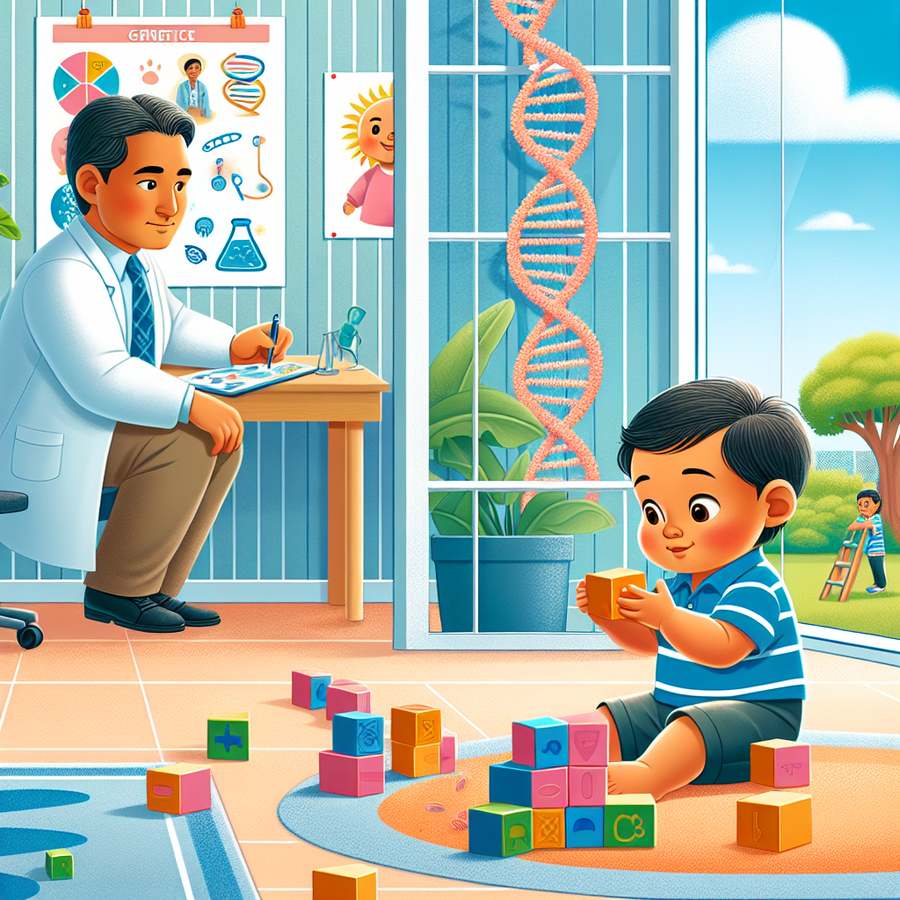The role of genetics versus environment in early childhood development is a fascinating subject that has intrigued scientists and parents alike for decades. This complex interplay determines not only physical attributes but also influences cognitive abilities, personality traits, and emotional well-being.
The Foundations of Early Childhood Development
Early childhood development is a critical period where rapid growth and change occur. During this time, both genetic predispositions and environmental factors work together to shape the future of a child. Research has consistently shown that while genetics provide the blueprint for development, the environment plays a crucial role in activating, supporting, and shaping these genetic potentials.
For instance, a child might inherit genes associated with high intelligence, but without a stimulating environment that encourages learning, these genetic potentials might not fully develop. This is where the importance of nurturing, educational activities, and emotional support becomes evident.
The role of genetics versus environment in early childhood development
Understanding the role of genetics versus environment in early childhood development requires a deep dive into how these elements interact. Genetics are responsible for the inheritance of traits from parents to their offspring, including aspects of physical health, predispositions to certain conditions, and even tendencies towards specific behaviors and talents.
Conversely, the environment can either nurture these genetic tendencies or possibly hinder their expression. Environmental factors include the physical surroundings, the child’s experiences, and the relationships they form. These elements can significantly impact the development of skills, health, and personality.
Striking the Balance: Nurturing Development Through Genetics and Environment
Striking a balance between genetics and environment in nurturing early childhood development is crucial. Parents and caregivers play a vital role in providing an environment that promotes the best possible outcomes for a child’s genetic predispositions. This includes creating a safe, loving, and stimulating environment that encourages exploration and learning.
In addition to a nurturing home environment, exposure to educational programs, engaging in physical activities, and social interactions also play essential roles. For example, incorporating activities to boost fine motor skills or encouraging exploration and curiosity can significantly influence a child’s developmental trajectory.
Parents looking to support their children’s development can find resources and strategies at Boosting Fine Motor Skills, Encouraging Exploration and Curiosity in Infants, and The Importance of Sensory Play for Newborn Development. These resources offer valuable insights into how to create enriching environments that complement a child’s genetic makeup.
Ultimately, understanding the role of genetics versus environment in early childhood development highlights the importance of fostering both aspects to support a child’s growth and well-being. By acknowledging the influence of both genetics and environment, parents and caregivers can make informed decisions that nurture their child’s unique potential.













